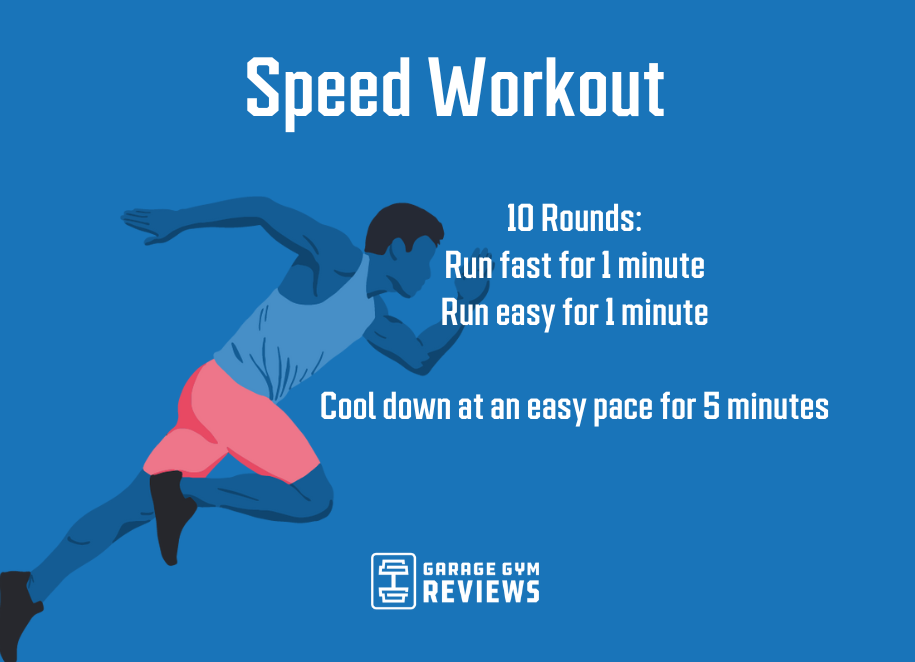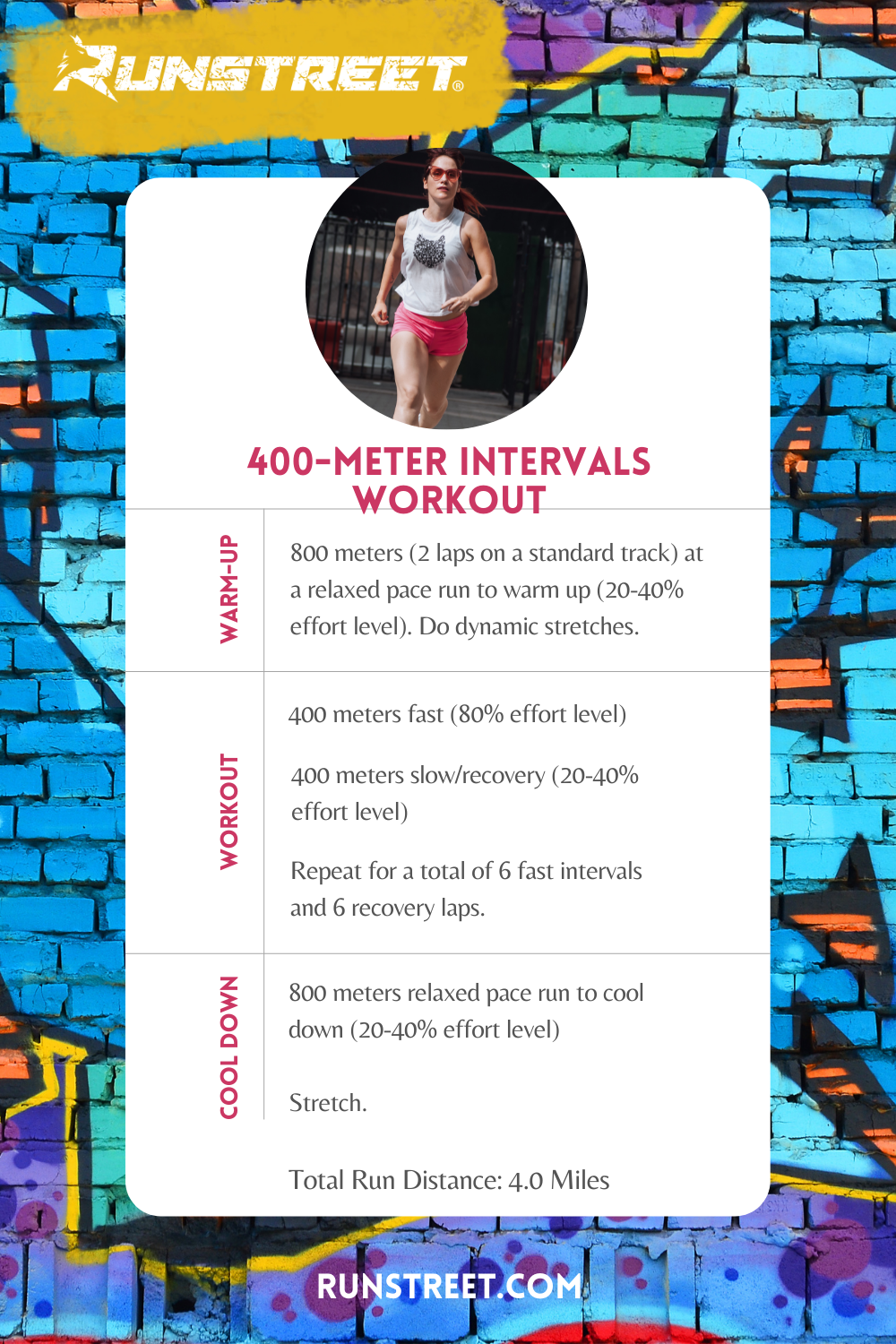Unleash Your Possible: Running Strategy Essentials for Peak Performance
Unleash Your Possible: Running Strategy Essentials for Peak Performance
Blog Article
The Ultimate Guide to Managing Discomfort When Running
Whether you are a seasoned marathoner or just beginning your running trip, comprehending the numerous kinds of discomfort that can emerge and the methods to resolve them is critical. From pre-run warm-up regimens to appropriate footwear choice, there are countless variables to think about when it comes to dealing with pain while running.

Recognizing Different Kinds Of Running Pain
When running, it is essential to compare various kinds of pain to avoid injuries and take full advantage of performance (Read More). One common sort of discomfort that joggers may experience is muscular tissue discomfort, which typically develops from the stress put on muscles during exercise. This kind of pain is commonly a normal part of the running process and can be handled via proper warm-up, cool-down, and stretching routines
Another sort of discomfort to be conscious of is joint discomfort. Joint discomfort can suggest issues such as overuse, incorrect type, or underlying conditions like arthritis. Ignoring joint pain can bring about a lot more severe injuries, so it is crucial to deal with any type of discomfort quickly and possibly look for expert advice.
Additionally, sharp or stabbing discomforts need to not be overlooked. These kinds of discomfort can signify severe injuries such as pressures, sprains, or stress cracks - running workout. Continuing to go through these sorts of pain can aggravate the injury and lengthen healing time

Pre-Run Workout and Stretching Regular
To prepare the body for a running session, carrying out a reliable pre-run warm-up and extending regular is important. A proper workout helps increase blood circulation to the muscular tissues, boosts adaptability, and lowers the threat of injury throughout the run. Start with vibrant stretches like leg swings, arm circles, and high knees to progressively raise your heart price and loosen up the muscular tissues. Dynamic stretching assists simulate the movements you'll be doing while running, preparing your body for the task in advance. Follow this with fixed stretches concentrating on significant muscle mass teams such as the hamstrings, quadriceps, calves, and glutes. Hold each stretch for regarding 15-30 seconds without bouncing to advertise muscular tissue leisure and flexibility. Remember to listen to your body and readjust the strength of your warm-up based upon your fitness level and any pre-existing conditions. By integrating a regular pre-run workout and extending routine right into your running regimen, you can optimize efficiency and minimize the risk of pain or injury.
Correct Footwear Option and Fit
Choosing suitable footwear that fits well is crucial for runners to avoid discomfort and reduce the threat of injuries. Uncomfortable shoes can bring about blisters, black toenails, shin splints, and other painful problems that can impede performance and sideline training. When picking operating shoes, it is important to think about elements such as foot kind, running stride, arch support, padding, and shoe size. running strategy. Seeing a specialized running shop for a gait analysis and expert installation can help ensure that you pick the right footwear for your specific requirements. Running footwear must supply adequate assistance and stability while also fitting and lightweight. In addition, it is recommended to replace your running shoes every 300-500 miles to preserve correct cushioning and assistance. Purchasing premium shoes that is suitable for your running design and foot anatomy is an aggressive action towards preventing pain and injuries throughout your runs.
Nutrition and Hydration Tips for Pain Avoidance

Hydration is equally critical for runners to stay clear of cramps, dehydration, and various other discomforts that can bring about pain throughout running. It is advised to consume alcohol a sufficient quantity of water throughout the day and specifically in the past, during, and after running sessions. Electrolyte-rich beverages or sports beverages can likewise be helpful for renewing shed minerals and maintaining appropriate fluid equilibrium. running workout (Read More). By focusing on nourishment and hydration, runners can improve their efficiency, minimize discomfort, and take pleasure in an extra comfy running experience.
Post-Run Healing Techniques to Reduce Pain
Carrying out reliable recuperation strategies is crucial for reducing discomfort and promoting muscle recovery after running sessions. One key post-run recuperation method is stretching. Including static stretches for significant muscular tissue groups can help in reducing muscle mass tension and pain. Foam rolling is another useful practice to release muscle tightness and improve blood circulation to the muscle mass, aiding in quicker recuperation. In addition, icing aching locations for 15-20 mins can help reduce swelling and numb discomfort post-run.
Moistening sufficiently post-run is important for restoring liquids shed during exercise and aiding in muscle recuperation. Eating a well balanced snack or meal that consists of healthy protein and carbs within 30 minutes of ending up a run can aid fix muscle tissue and restore power stores. In addition, getting sufficient remainder is essential for allowing the body to repair and strengthen muscle mass. Integrating active recuperation activities such as light strolling look at more info or swimming can also help advertise blood flow and minimize muscle mass tightness - Read More. By incorporating these post-run healing strategies into your routine, you can efficiently manage discomfort and maximize your running performance.
Conclusion
In verdict, attending to different sorts of running pain via appropriate warm-up, extending, footwear option, nutrition, hydration, and post-run recuperation methods is important for discomfort prevention and monitoring. By recognizing the reasons for discomfort and executing these approaches, runners can minimize pain and potential injuries. It is vital to prioritize total physical health and wellness to ensure an effective and enjoyable running experience.
Report this page